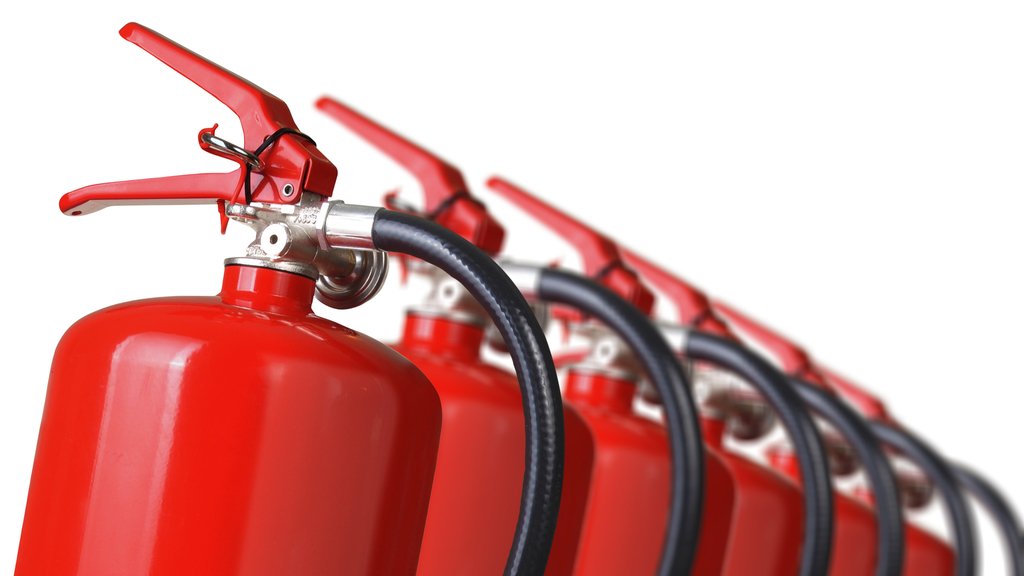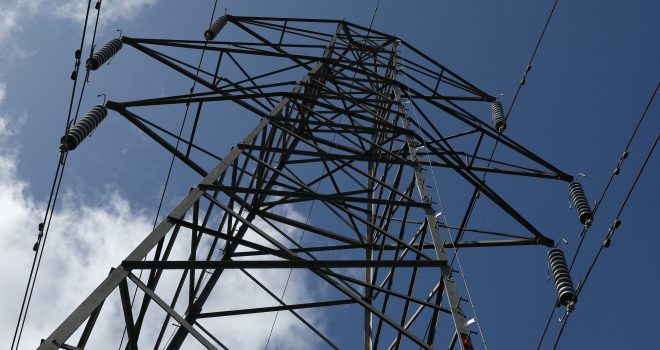Reducing Health & Safety Risks In Your Business

There is no avoiding the fact that accidents happen. Health and safety is a significant concern, and it is something that all businesses should take seriously, regardless of their size.
Negligence can cost a business dearly, from the fines and compensation that they might be forced to pay, to the damage to the companies reputation.
But so many companies get by cutting corners, or overlooking health and safety and instead prioritizing profits and sales.
There are no industries that are exempt from this behavior; companies that manage to avoid severe accidents without the correct health and safety measures only succeed in doing so by pure luck.
Your business mustn’t fall into the trap of relying on luck to keep you, your employees, and your customers from harm.
Here’s how you can reduce the health and safety risks in your business.
Understand The Consequences
In the best-case scenario, if your business is found to be negligent in the management of its health and safety, then you will receive a fine. Following this, you may need to cease trading for some time while you have remedial work carried out so that your premises will be safe. During this time, it is likely that you will suffer a loss of income.
Financial loss is nothing when compared to the worst-case scenarios. The actual cost of your negligence could be injury or the loss of life of an employee, visitor, or a customer.
You could even face criminal charges against you in the event of a death due to your company’s negligence.
Take Out The Right Insurance
You must take out public liability insurance. Make sure that you have the correct level of cover for your business. Read the small print and ensure you understand it and that you’re happy with it.
You must know all of the ins-and-outs of your business’ insurance policies. You may need to claim some point, and you must understand what you are insured for.
Seek Advice
If you are in any doubt over your obligations surrounding health and safety in your company, then you should seek the advice of the regulatory authorities.
The Health and Safety Executive provides information about the regulation and enforcement of health and safety in the workplace.
Their website is host to a wide range of information and should be your first port of call when it comes to putting together the health and safety program for your business.
There are plenty of health and safety companies that provide support and training to businesses. Many will have the entire health and safety program that you need, which can be easily adapted to suit the needs of your business. While this is a shortcut, you’ll still need to ensure you carry out all of the measures required thoroughly.
Carry Our Thorough Risk Assessments
All businesses must carry out risk assessments. These should be done whenever you open your new premises, and they should be reviewed on a rolling basis. If there are any significant changes to the business, the equipment used, the type of services you offer on-site, or the employees, you will need to review and rewrite your risk assessments to reflect any changes.
There are five steps to creating a risk assessment. These are:
- Identify the hazards e.g., what might cause harm.
- Decide who may be harmed and how they might be harmed.
- Assess the level of the risks and take the necessary action to prevent it.
- Make a record of the findings.
- Review the risk assessment on a rolling basis.
When identifying hazards, go through the entire premises and take stock of everything that could potentially cause any harm. Consider the level of damage that each risk may cause.
For each hazard, ask yourself who will be affected by it. In public areas, your customers, visitors, and employees may be affected, whereas, in certain parts of your building, the risk may only be to your employee.
Just because there is a risk to a smaller group of people, it doesn’t mean that the risk can be ignored or treated as less of a priority.
You will need to consider the level of harm that it may cause in addition to the type of hazard and who it will affect. The risk may be to a smaller group, but the level of harm could be greater.
As you find risks, identify what can be done to minimize this risk.
In some cases, you may need to put a protective rail or guard around something. In others, you may need to put up warning signs or carry out team training.
For risks relating to maintenance issues, you should make sure that these are addressed by a contractor at the earliest possible chance.
You should review your risk assessments frequently.
There should be risk assessments that cover fire safety, as well as general health and safety.
You should also carry out risk assessments on vulnerable workers. These include lone workers, young employees, and pregnant workers.
Test All Of Your Safety Equipment
On your premises, you should have safety equipment that will keep your employees and customers safe in the event of a fire.
These should include:
- Fire alarm systems including break glass and smoke detectors
- Emergency lighting
- Fire extinguishers and fire blankets
- Sprinkler systems
- Clear ‘fire exit’ signage
The frequency of fire alarm testing is essential. This should be carried out weekly. If there are faults in your system, these should be fixed by an engineer as soon as possible after they have been identified.
Emergency lighting should be tested on a monthly basis. When testing emergency lighting, you should check to make sure that the light comes on, and also whether it is holding its charge.
With both your alarm and emergency lighting, you should have these inspected every six months by an electrical engineer.
Fire extinguishers should be visually checked to make sure that the pin is still in place, and that there is adequate pressure in the extinguisher. You will need to have the extinguishers thoroughly checked once a year.
Your sprinklers will need to be checked annually by a qualified engineer.
Create A Full Health And Safety Training Program
One of the most critical aspects of your health and safety policy and procedures will be training.
From the day that your employees join your company, they need to have health and safety training. This should include a full and thorough induction.
In an induction, your newest employees will be shown the evacuation procedure. This should involve walking the actual route that they would need to during a real fire.
They should learn the location of all fire alarm call points and how to raise the alarm in the event of a fire. They should also be shown where all of the fire extinguishers are located.
The induction training should include information on what type of fire each extinguisher can be used for, as well as how it should be used.
The induction training should also include other forms of health and safety training. If there will be any of the following, there will need to be training:
- Lifting and carrying
- Use of knives
- Use of machinery or equipment
- Use of chemicals
- Lone working
- Use of computers
- Any site-specific health and safety
This training should be repeated periodically. You should ensure that your training program is regularly reviewed and updated accordingly.
Think about including exercises as part of your training so that you can test your employee’s comprehension of the information that you have provided.
RIDDOR and Accident Reporting
RIDDOR refers to The Reporting of Injuries, Diseases, and Dangerous Occurrences Regulations 2013. These regulations determine what you need to do in the case of a severe injury or death in your workplace.
The proper reporting mechanisms must be put in place so that all accidents are recorded. Not only should you update your accident book after every minor incident, but you should also report incidents that cause over seven days of sick leave due to injury to the Health and Safety Executive.
Review And Update Your Procedures
All of your health and safety policies and procedures should be reviewed from time-to-time. There may be updated legislation that may prompt you to need to carry out a full review. An incident, no matter how small, should prompt you to review your processes.
By continually revisiting your health and safety program and reviewing its effectiveness, you are staying alert to the potential hazards in the workplace. One way to do this is to conduct regular surveys, such as annual employee surveys, to ensure that employees feel comfortable raising health and safety concerns or contacting a professional to conduct asbestos surveys and other regular safety inspections. Ensuring your employees and customers are safe should be a top priority for any business. Therefore, by conducting regular checks and promoting a culture of safety, you can help create a safer environment for everyone.
Health and safety may seem like a lot of work on the face of it. While it is true that it will take up a lot of your staffing time in terms of reviewing and updating your procedures and training, it is essential.
In other areas of business, your success can be measured by an increase, your success with regards to health and safety will be a complete absence of incidents.




